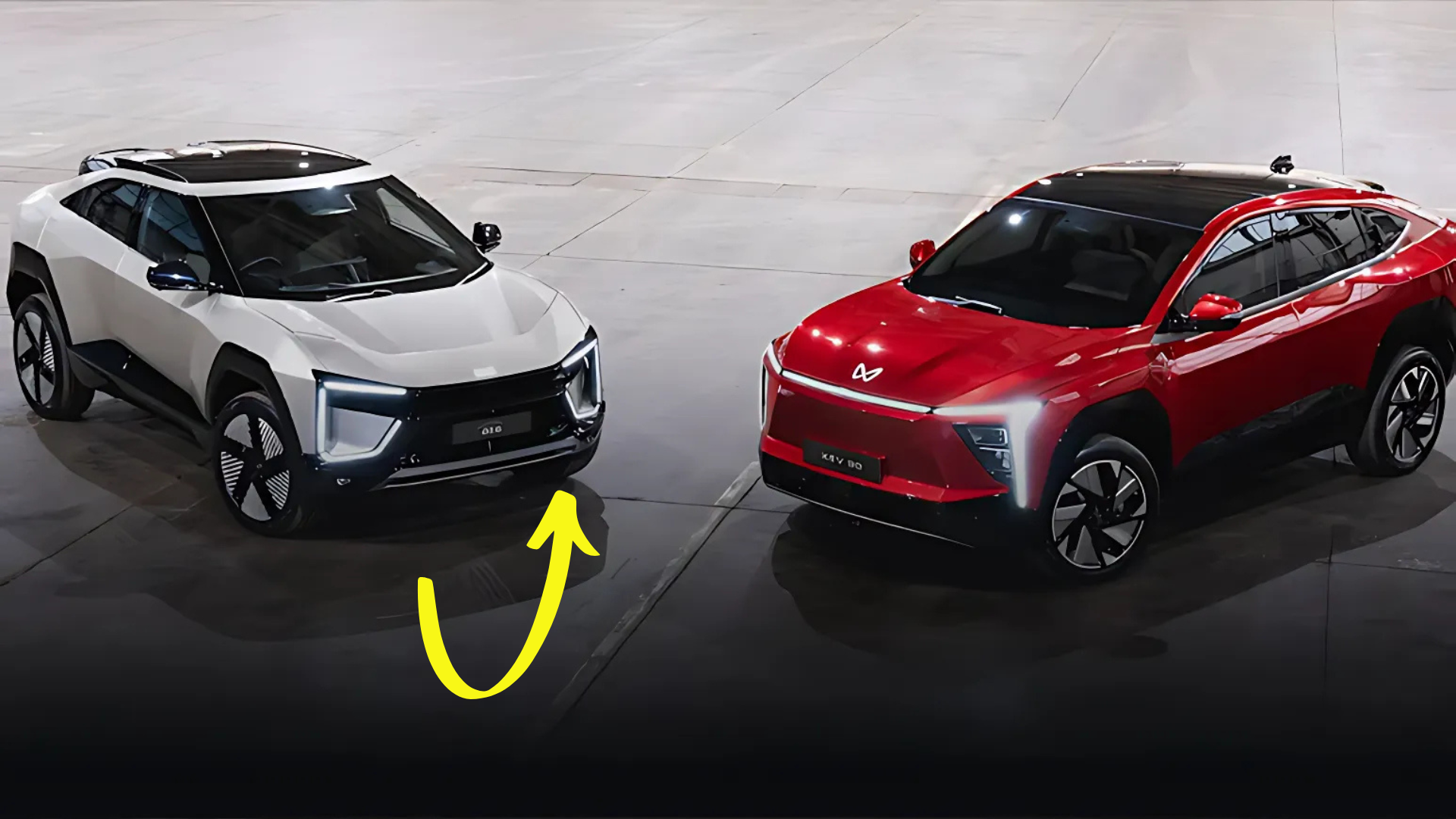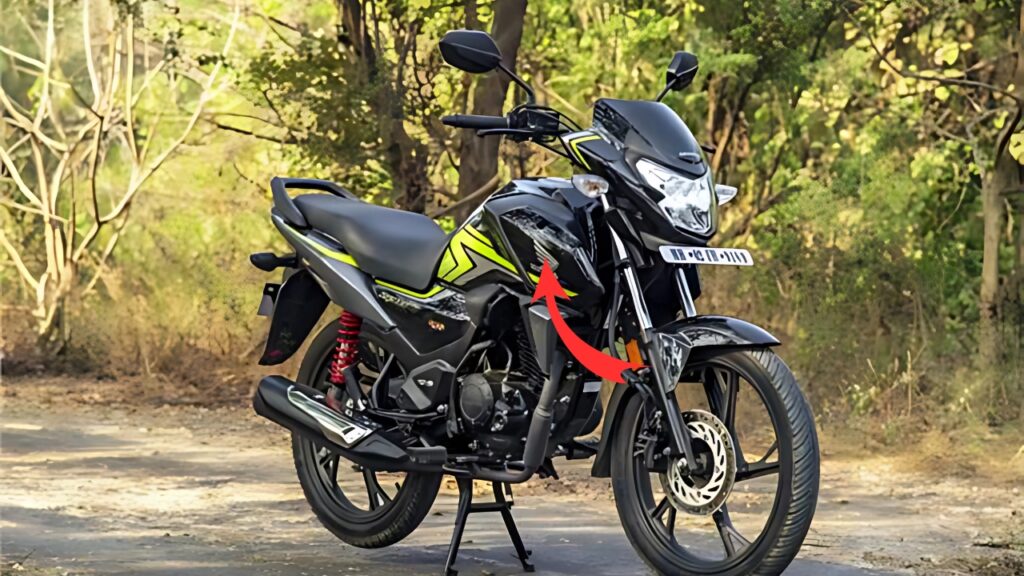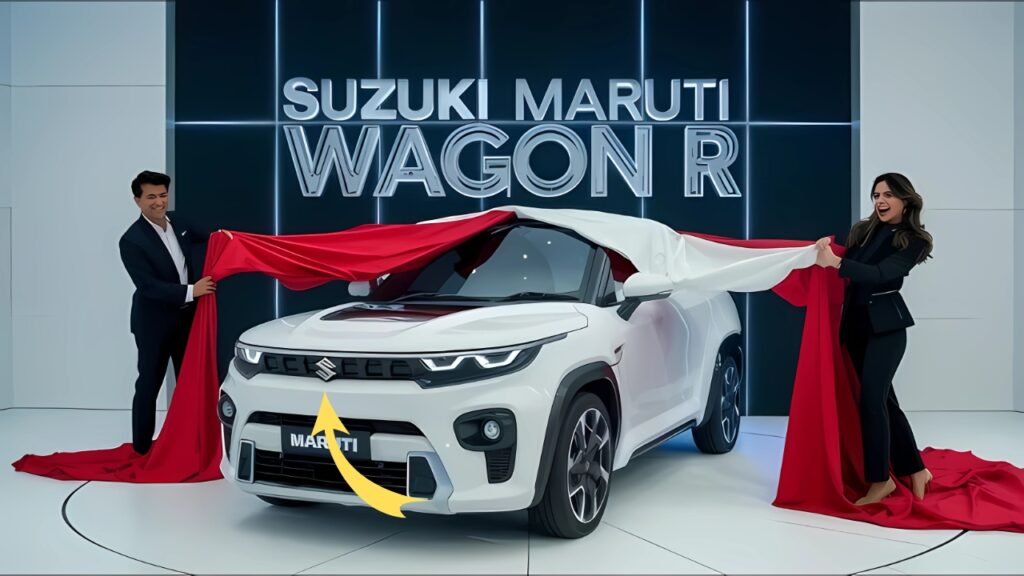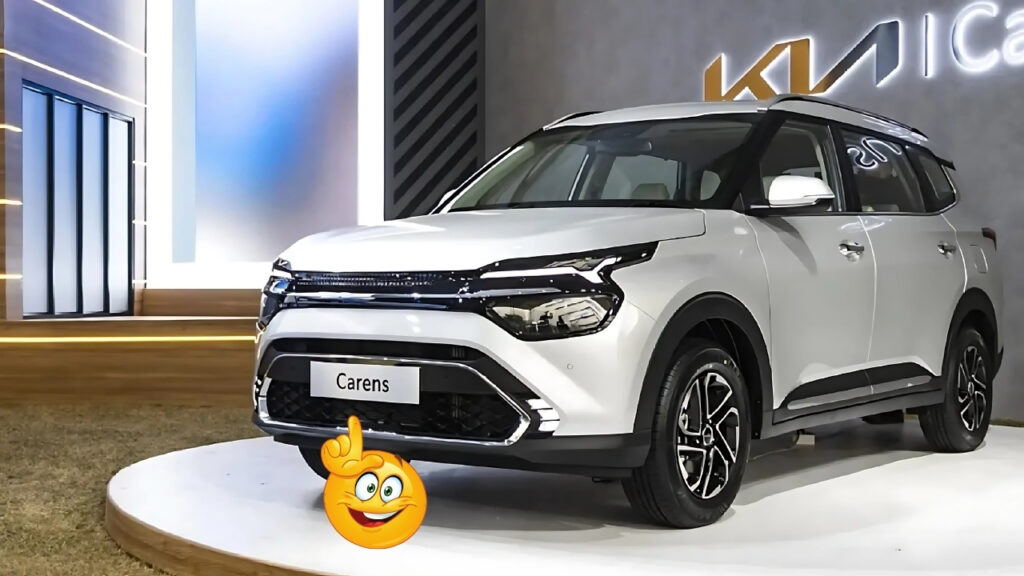The automotive world has been buzzing with anticipation since Mahindra unveiled its ambitious electric vehicle lineup. However, recent developments have cast a shadow over the excitement.
Prospective owners of the much-anticipated Mahindra XEV 9e and BE6 models now face an unexpected hurdle. The company has confirmed that delivery timelines are being pushed back by approximately six months.
Table of Contents
Understanding the Delay: Supply Chain Challenges

The primary culprit behind these delays isn’t unique to Mahindra. Global supply chain disruptions continue to plague the automotive industry with persistent challenges.
Semiconductor shortages remain particularly problematic for electric vehicle manufacturers. These critical components form the backbone of the sophisticated systems that power modern EVs.
The company’s official statement acknowledges these constraints while attempting to reassure customers. “We understand the disappointment this causes, but are working tirelessly to expedite production without compromising quality.”
Industry analysts note this situation reflects broader trends across the automotive sector. The transition to electric vehicles has created unprecedented demand for specialized components.
Battery production capacity presents another significant bottleneck. The advanced battery systems designed for the XEV 9e and BE6 require specialized manufacturing processes.
Mahindra’s ambitious technical specifications for these vehicles compound the challenge. The company’s unwillingness to compromise on performance metrics necessitates specific components.
Also Read: Mahindra BE6 futuristic SUV launched with premium features
The XEV 9e: Revolutionary Design Facing Setbacks
The XEV 9e represents Mahindra’s bold vision for the future of personal transportation. Its striking aesthetic has already garnered substantial attention from automotive enthusiasts worldwide.
Conceived as a flagship electric SUV, the XEV 9e promises to combine luxury with sustainability. The vehicle’s development has been guided by Mahindra’s commitment to eco-friendly innovation.
The interior design philosophy emphasizes spaciousness and technological integration. Premium materials selected for their durability and minimal environmental impact define the cabin experience.
Range anxiety, a common concern among potential EV adopters, is addressed through advanced battery technology. The promised range exceeds 500 kilometers on a single charge under ideal conditions.
Performance metrics position the XEV 9e as a genuine competitor to established luxury brands. The dual-motor configuration delivers impressive acceleration and handling characteristics.
Safety features incorporate the latest advancements in driver assistance systems. The comprehensive sensor array provides constant environmental monitoring for enhanced passenger protection.
The BE6: Family-Friendly Electric Mobility
While the XEV 9e targets the premium segment, the BE6 aims to bring electric mobility to a broader audience. This family-oriented vehicle prioritizes practicality without sacrificing technological sophistication.
The seven-seater configuration addresses the needs of larger families. Flexible interior arrangements accommodate various passenger and cargo combinations for maximum versatility.
Energy efficiency remains a core design principle of the BE6. Aerodynamic optimizations and lightweight materials contribute to maximizing the vehicle’s effective range.
The intuitive user interface simplifies the transition for drivers new to electric vehicles. Controls and information displays are designed for clarity and ease of use.
Charging infrastructure compatibility receives particular attention in the BE6’s design. The vehicle supports multiple charging standards to facilitate convenient power replenishment.
Affordability represents a key objective for the BE6 project. Mahindra aims to deliver compelling value without compromising the fundamental electric vehicle experience.
Market Impact and Customer Reactions
The announcement of these delays has sent ripples through Mahindra’s customer base. Early adopters and reservation holders express a mix of disappointment and understanding.
Social media platforms showcase the range of customer reactions. Some express frustration while others acknowledge the complexity of launching revolutionary vehicle platforms.
Priya Sharma, who placed an early reservation for the XEV 9e, shared her perspective: “Of course I’m disappointed, but I’d rather wait for a properly finished product than receive a rushed vehicle.”
Competitors may benefit temporarily from Mahindra’s production challenges. Potential customers facing extended waits might explore alternatives rather than maintaining their reservations.
Market analysts remain divided on the long-term implications. Some view this as a minor setback while others question Mahindra’s production planning and capacity forecasting.
Dealer networks face the challenging task of maintaining customer enthusiasm. Many are implementing enhanced communication strategies to keep reservation holders engaged during the extended wait.
Production Challenges and Solutions
Mahindra’s manufacturing facilities are undergoing significant retooling to accommodate electric vehicle production. This transition itself contributes to the timeline extensions.
The specialized production lines required for EV assembly differ substantially from traditional manufacturing setups. Integrating these new processes takes time and careful calibration.
Quality control standards for electric vehicles introduce additional complexity. Battery pack assembly, in particular, demands extraordinary precision and safety protocols.
Workforce training represents another crucial aspect of the transition. Employees require new skills to effectively produce these technologically advanced vehicles.
Strategic partnerships with component suppliers aim to alleviate some constraints. Mahindra has secured priority agreements with several key manufacturers to expedite delivery.
Regional production facilities are being evaluated for potential expansion. Distributing manufacturing capacity could provide greater resilience against localized disruptions.
Technical Specifications Worth Waiting For
Despite the frustration of delays, the technical specifications of these vehicles explain the enthusiasm among early adopters. Both models promise impressive capabilities.
| Specification | XEV 9e | BE6 |
|---|---|---|
| Battery Capacity | 100 kWh | 80 kWh |
| Range (WLTP) | 520 km | 460 km |
| Peak Power | 350 kW | 225 kW |
| Torque | 800 Nm | 650 Nm |
| 0-100 km/h | 4.5 seconds | 6.8 seconds |
| Fast Charging | 10-80% in 30 min | 10-80% in 35 min |
| Seating Capacity | 5 | 7 |
| Cargo Space | 650 liters | 720 liters |
| Drive Type | AWD | RWD (AWD optional) |
| Ground Clearance | 210 mm | 190 mm |
These specifications position both vehicles competitively within their respective segments. The performance metrics justify the premium positioning of these models.
Engineering innovations extend beyond the headline figures. Thermal management systems ensure consistent performance across varying climate conditions.
The chassis designs incorporate lessons from Mahindra’s motorsport experience. Structural rigidity and weight distribution have been optimized for handling and safety.
Regenerative braking systems recover energy efficiently during deceleration. Multiple settings allow drivers to customize the driving experience to their preferences.
Software integration enhances nearly every aspect of vehicle operation. Over-the-air update capability ensures continuous improvement throughout the ownership experience.
Financial Implications for Reservation Holders
The extended waiting period raises practical financial considerations for customers. Many have already made significant deposits to secure their place in the queue.
Mahindra has proactively addressed these concerns with a comprehensive policy. Reservation holders maintain their priority position without additional financial commitment.
Interest rates on financing packages will be honored at the originally quoted levels. This protection insulates customers from potential market fluctuations during the delay.
Some dealers are offering complementary extended warranty coverage as compensation. This goodwill gesture provides additional value for those willing to wait.
Tax incentive considerations add another layer of complexity. Customers must ensure that anticipated government subsidies remain applicable within the new delivery timeframe.
Resale value projections remain strong despite the delays. Market analysts predict these models will maintain excellent value retention due to their innovative technology.
Competitive Landscape During the Wait
The extended delivery timeline places these Mahindra models in a constantly evolving competitive environment. Several rival manufacturers are launching comparable vehicles during this period.
Tata Motors continues aggressive expansion of its electric vehicle lineup. Their comparable models might tempt impatient customers away from Mahindra.
International brands including Hyundai and Kia advance their electric offerings in the market. These established competitors have more mature production capabilities.
Tesla’s potential market entry looms as a significant wildcard. The American manufacturer’s arrival could reshape customer expectations and preferences.
Chinese manufacturers including BYD and MG grow their presence with competitively priced alternatives. Their established production capacity allows for shorter delivery timelines.
However, Mahindra’s unique design language and brand identity maintain strong appeal. The distinctive aesthetic of these vehicles ensures they stand out in an increasingly crowded segment.
Dealer Preparedness and Infrastructure Development
The delivery delay provides additional time for dealership readiness. Service centers are receiving specialized training and equipment for electric vehicle maintenance.
Charging infrastructure at dealership locations is being enhanced. Many facilities are installing fast-charging stations to support customer needs.
Sales personnel are undergoing comprehensive education programs. This preparation ensures they can properly explain the unique features of electric vehicles to prospective buyers.
Virtual reality experiences are being developed to maintain customer engagement. These immersive demonstrations showcase vehicle features while physical models remain unavailable.
Parts inventory systems are being optimized for electric vehicle requirements. The distinct maintenance needs of EVs necessitate different stockkeeping strategies.
Customer lounge areas are being renovated with sustainable materials. This alignment with the environmental ethos of electric vehicles creates a cohesive brand experience.
Long-Term Strategic Implications
Beyond the immediate challenges, these delays prompt questions about Mahindra’s broader electric vehicle strategy. Industry observers note potential implications for future product launches.
The company’s ambitious roadmap includes several additional electric models. Lessons learned from current production challenges will inform future development schedules.
Capital expenditure plans may require adjustment to accelerate production capability. Additional investment in manufacturing infrastructure could prevent similar delays for subsequent models.
Vertical integration possibilities are being explored to reduce supply chain vulnerability. Bringing critical component production in-house might provide greater control over production timelines.
Partnership strategies with established electric vehicle manufacturers present another potential direction. Collaborative approaches could accelerate Mahindra’s technological development.
The company’s long-term vision remains focused on becoming a significant player in the global electric vehicle market. These current challenges represent growing pains rather than fundamental obstacles.
Environmental Impact Considerations
The transition to electric vehicles fundamentally aims to reduce environmental impact. This core motivation maintains customer patience despite frustrating delays.
Carbon footprint calculations for manufacturing processes receive ongoing refinement. Mahindra continues optimizing production methods to minimize environmental consequences.
Battery sourcing practices emphasize ethical and sustainable supply chains. The company prioritizes responsible material procurement despite competitive pressures.
End-of-life recycling programs for battery components are being developed concurrently. This forward-thinking approach addresses the full lifecycle of electric vehicle technologies.
Renewable energy integration at production facilities reduces operational impact. Solar installations at manufacturing plants demonstrate commitment beyond the vehicles themselves.
These environmental commitments resonate strongly with the target demographic. Many customers view temporary inconvenience as worthwhile for genuine sustainability advancement.
Future-Proofing Technologies
Despite delivery delays, development continues, enhancing the technological foundations of these vehicles. Software systems undergo continuous refinement during the extended production timeline.
Autonomous driving capabilities receive particular attention during this period. Enhanced sensor integration and processing algorithms improve safety and convenience features.
Connectivity ecosystems expand to encompass more third-party services. The comprehensive digital experience extends beyond the vehicle to integrate with users’ broader technological environment.
User interface designs are refined based on additional research and testing. Intuitive controls and information presentation remain priorities for the development team.
Voice recognition systems gain expanded language capability and command comprehension. Natural interaction methods reduce driver distraction while maximizing convenience.
Artificial intelligence applications learn to anticipate driver preferences and behaviors. These adaptive systems personalize the driving experience based on individual patterns.
Frequently Asked Questions
What exactly is causing the delay in Mahindra XEV 9e and BE6 deliveries?
The primary factors include global semiconductor shortages, battery production constraints, and manufacturing facility retooling requirements for these advanced electric vehicles.
Will the specifications change during this delay period?
Mahindra has confirmed that core specifications will remain unchanged, though some software features may receive enhancements before delivery.
Can I cancel my reservation and receive a full refund?
Yes, Mahindra’s policy allows for complete refunds of reservation deposits for customers unwilling to accept the extended timeline.
Will the price increase due to these delays?
Mahindra has committed to honoring the originally quoted prices for existing reservation holders despite inflationary pressures.
Are there any compensation offers for the extended wait?
Some dealerships are offering complimentary extended warranty coverage or charging equipment as goodwill gestures.
How does this delay compare to other electric vehicle manufacturers?
The six-month extension is shorter than industry averages for new electric vehicle platforms, which typically see 8-12 months’ delays.
Will these vehicles qualify for government incentives after the delay?
Current policies suggest incentives will remain applicable, though customers should monitor potential regulatory changes.
Is Mahindra still accepting new reservations during this period?
Yes, new reservations continue to be accepted with transparent communication about expected delivery timelines.
How will service and maintenance be handled for these new electric models?
Dealerships are using the extended timeline to complete comprehensive service center upgrades and technician training.
Will the delay affect Mahindra’s future electric vehicle launches?
Company representatives indicate the experience is informing more realistic timelines for subsequent model introductions.





